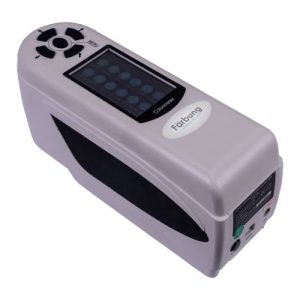Description
An Automated Three-Axis Traversing Mechanism is a programmable system that enables precise, repeatable movement along the X, Y, and Z axes. It is widely used in fluid mechanics, aerodynamics, laser scanning, robotics, and experimental testing, especially for positioning probes or sensors in wind tunnels, jet facilities, or flow visualization experiments.
????️ Main Components of a 3-Axis Traversing Mechanism
| Component | Description |
|---|---|
| Linear Motion Rails / Actuators | Precision rails for each axis, often driven by stepper motors, servo motors, or linear actuators. |
| Motors (Stepper / Servo) | Provide motion control; servos are preferred for high accuracy and closed-loop feedback. |
| Lead Screws / Ball Screws / Belt Drives | Mechanisms that convert motor rotation into linear motion. |
| Motion Controller | A microcontroller or PLC system that interprets user commands and controls motors. |
| Probe/Sensor Mounting Platform | The movable stage that holds the probe (e.g., hot wire, Pitot tube, temperature probe, laser sensor). |
| Limit Switches / Proximity Sensors | For homing, safety, and end-of-travel detection. |
| Software Interface | GUI or script-based control for setting scan paths, step sizes, speeds, and recording positions. |
| Structural Frame | Rigid support structure to ensure alignment and vibration resistance. |






Reviews
There are no reviews yet.